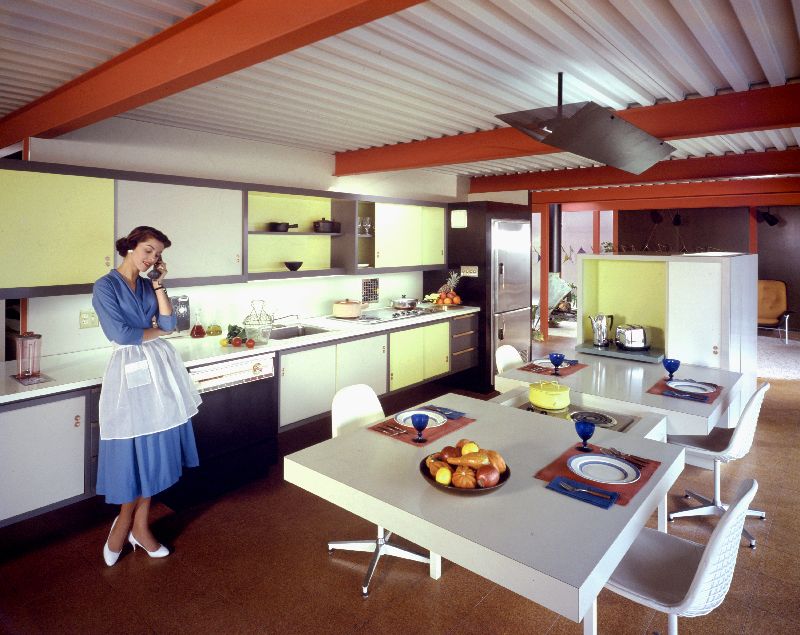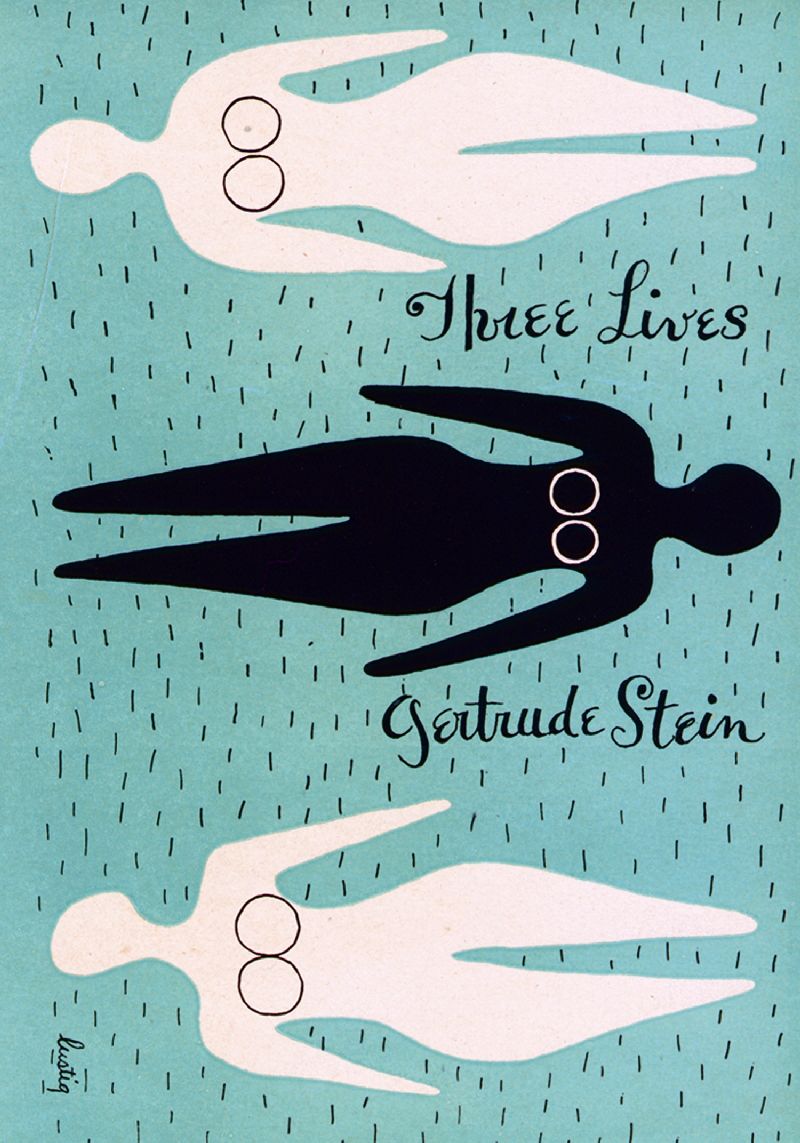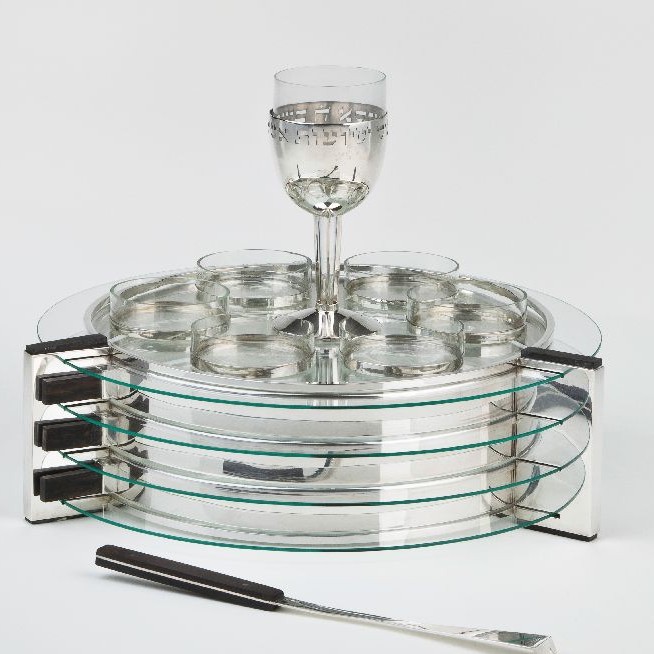
Joe Eichler is Featured in Exhibit about Jews and Modern Design
 |
|
|
The man who designed the opening credits for ‘Psycho,’ the famed clock and furniture designer George Nelson, and Joe Eichler all are featured in ‘Designing Home: Jews and Midcentury Modernism.’ What does that tell us about Jewish influence on modernism?
Nothing, actually.
As seen at San Francisco’s Contemporary Jewish Museum, the exhibit does not contend that Jewish designers played an outsized role in architecture, book design, ceramics, industrial design, textiles, or the several other art forms included in this delightful and in some ways illuminating show.
 |
|
|
Nor does the exhibit demonstrate that Jewish designers shared an aesthetic different from that of their non-Jewish peers, or that they were all that influenced by Jewish culture. Many were, however, clearly influenced by world events and by rampant discrimination against Jews even in places more civilized that Nazi Germany or German-occupied Europe.
Many of the designers in the show fled Europe before the Holocaust.
In Joe Eichler’s case, though, his Jewish heritage did influence his politics, social concerns, and the way he did business, according to his late son Ned Eichler.
"My father said there were two obligations for Jews,” Ned said, in a 2012 interview about Joe Eichler’s boyhood in New York City, and his family. “It was to educate [the young], and, if you were financially successful, to help the poor. When he saw a rich Jew violating this, he would say, ‘A Jew should not do this.’ For him, this was a responsibility for Jews.”
As the exhibit points out, and as is well known, Eichler was one of the very few home builders at the time who would sell to blacks and other minorities.
The exhibit doesn’t focus on Eichler, but it includes photos of the all-steel X-100 in San Mateo, and a decorative textile blown up from a postcard of an Eichler home.
The strength of the show is the range of work shown by designers both known and relatively unknown. And who knew some of these people were Jews?
Raphael Soriano, for example, the architect whose work includes Eichler's earlier steel house, the All-Steel Builders Home in Palo Alto, was a Sephardic Jew from Greece.
The show features architecture by Richard Neutra and his onetime friend and later rival Rudolph Schindler; ceramics by Marguerite Wildenhain (her ‘Vase with Angels and Dragons’ is a delight), and album cover designs by Alex Steinweiss, whose strong pictorial sense could turn images of Ozark hillbillies or 19th century drawing rooms into mid-century modern imagery.
 |
|
|
Among the show’s revelations, to this observer at least, is how much superb work was done by mid-century textile designers. The selection is small but superb of work by Trude Guermonprez, Anni Albers (a matzoh cloth, one of the few specifically Jewish items in the show), and Lili Blumenau.
Another Jewish item that shines is an almost Streamline Moderne-style Seder set by Ludwig Yehuda-Wolpert.
Sure to be many people’s favorite section of the exhibit is the screening of a dozen or so movie opening-credit sequences by the amazing animator-designer Saul Bass. His works, so innovative, so visually powerful, are among the high points of mid-century design. It’s good to see them in a museum.
The exhibit, which originated at the Contemporary Jewish Museum, is accompanied by a thorough catalog.
- ‹ previous
- 355 of 677
- next ›



